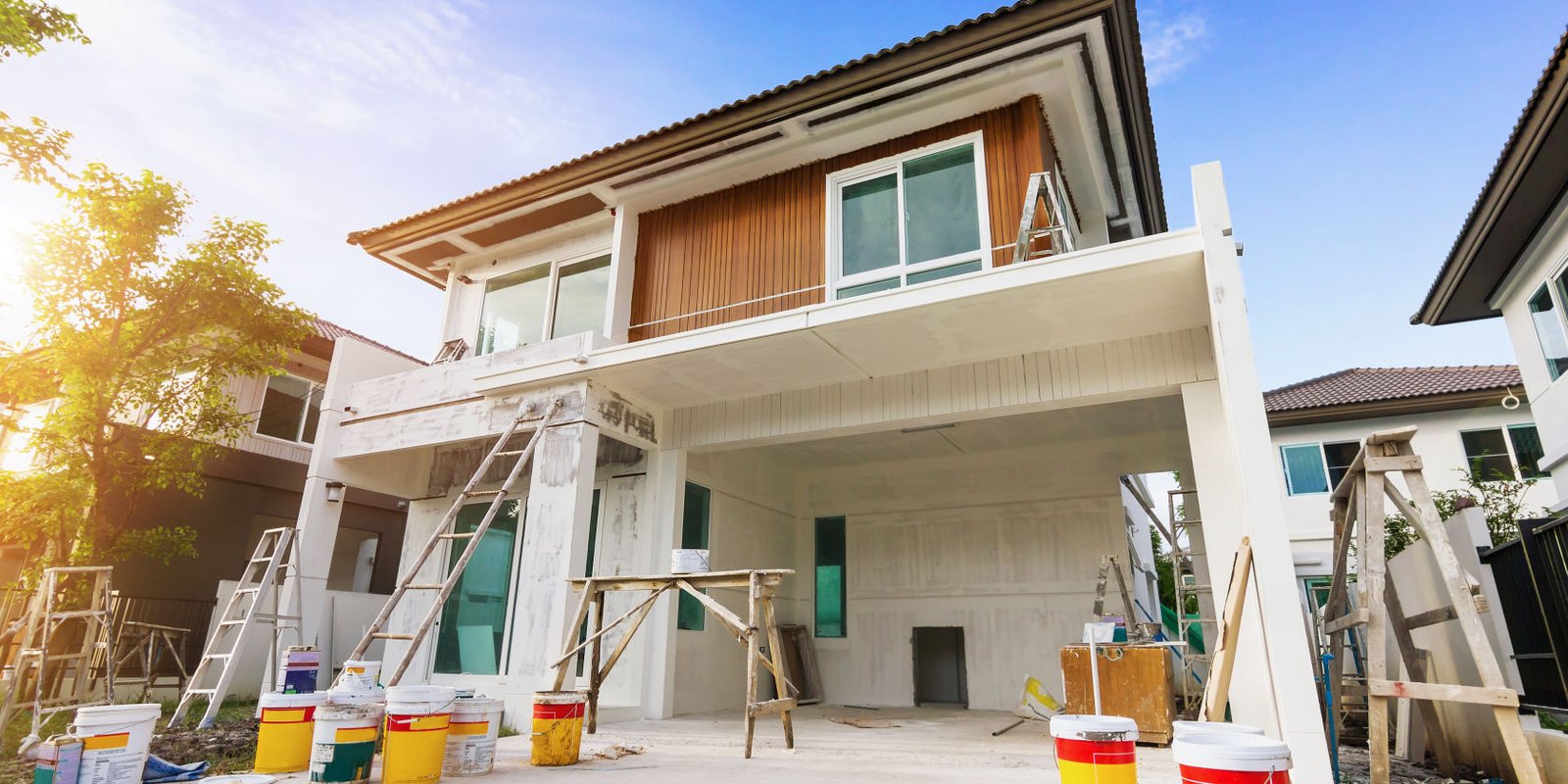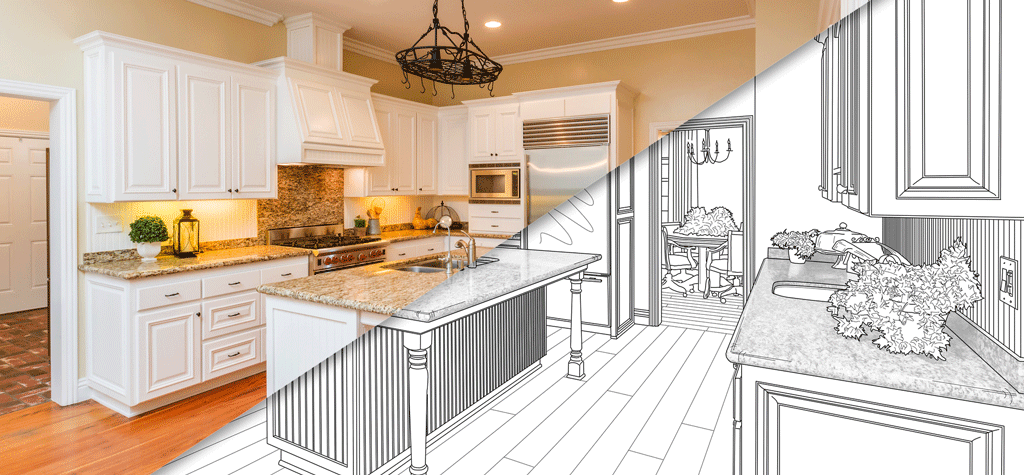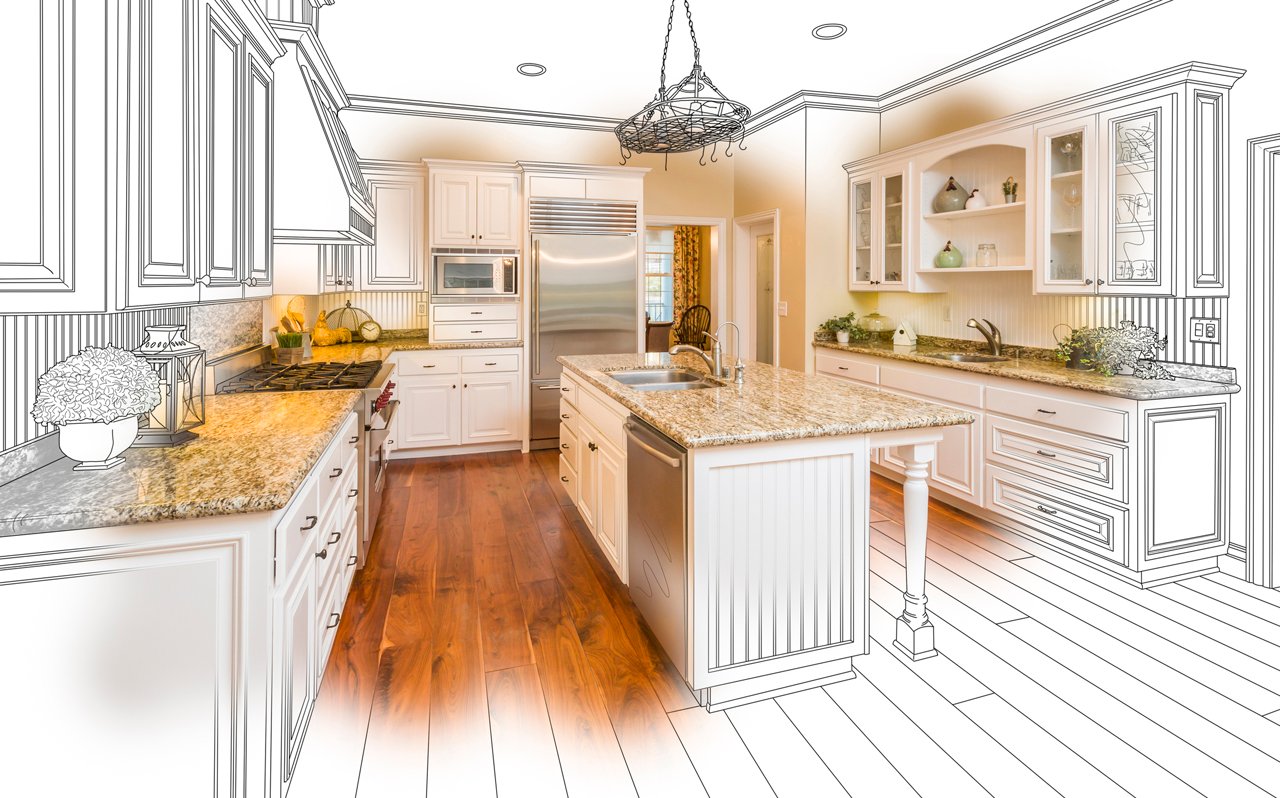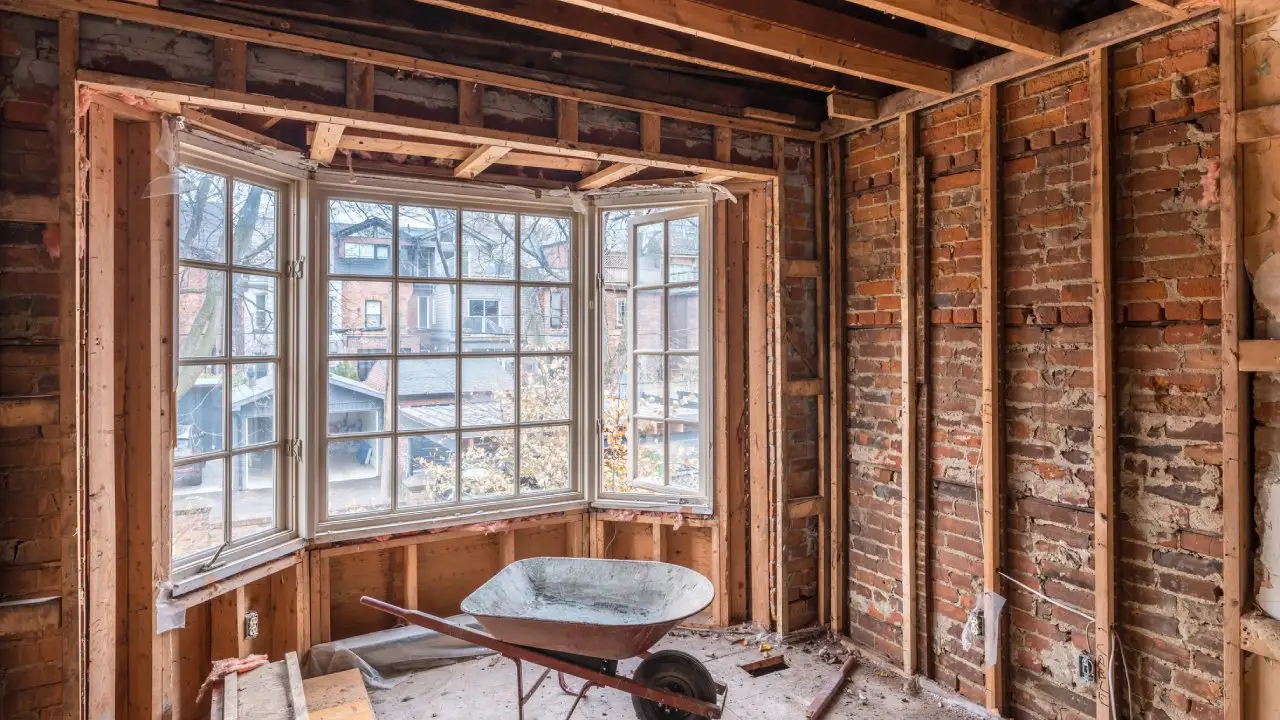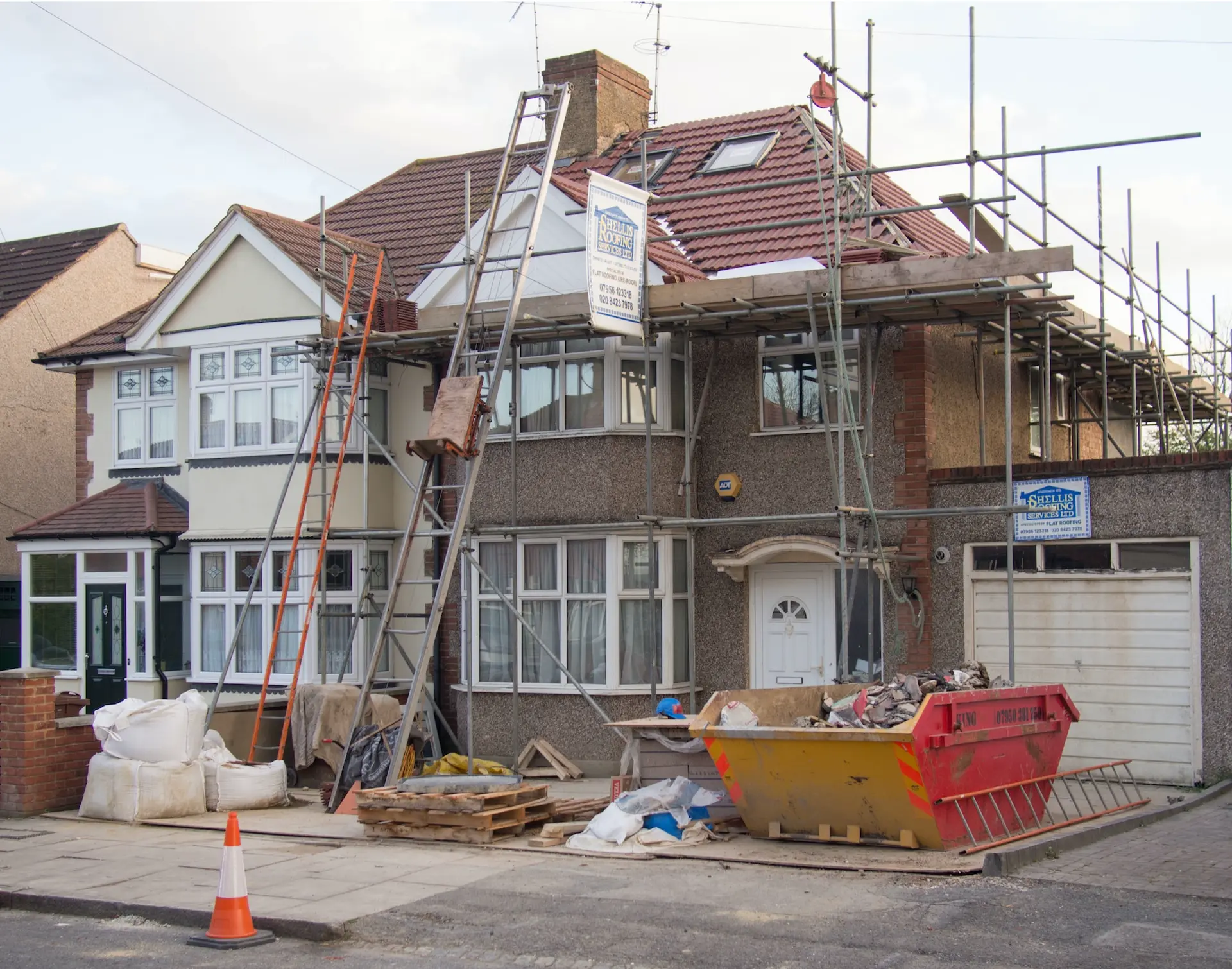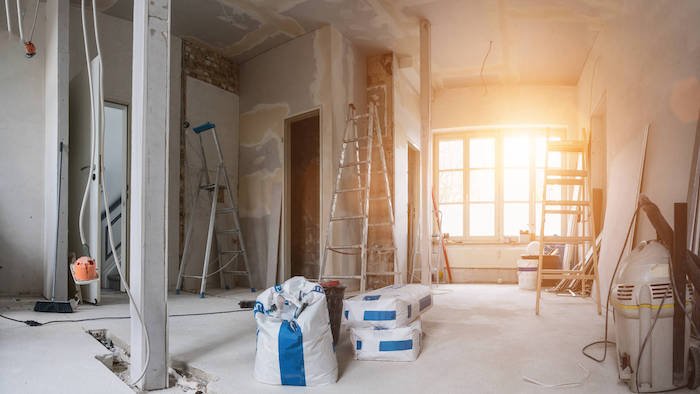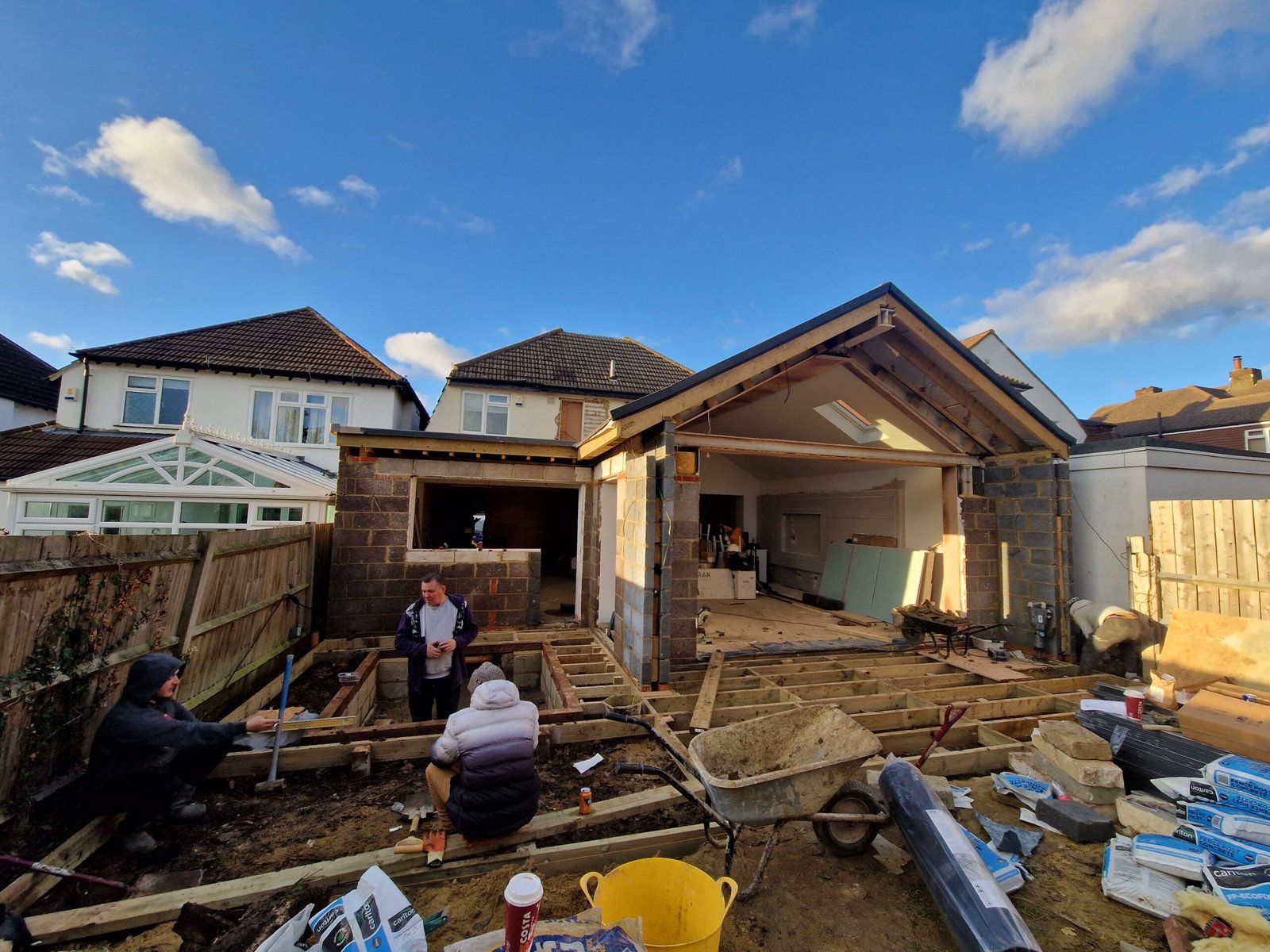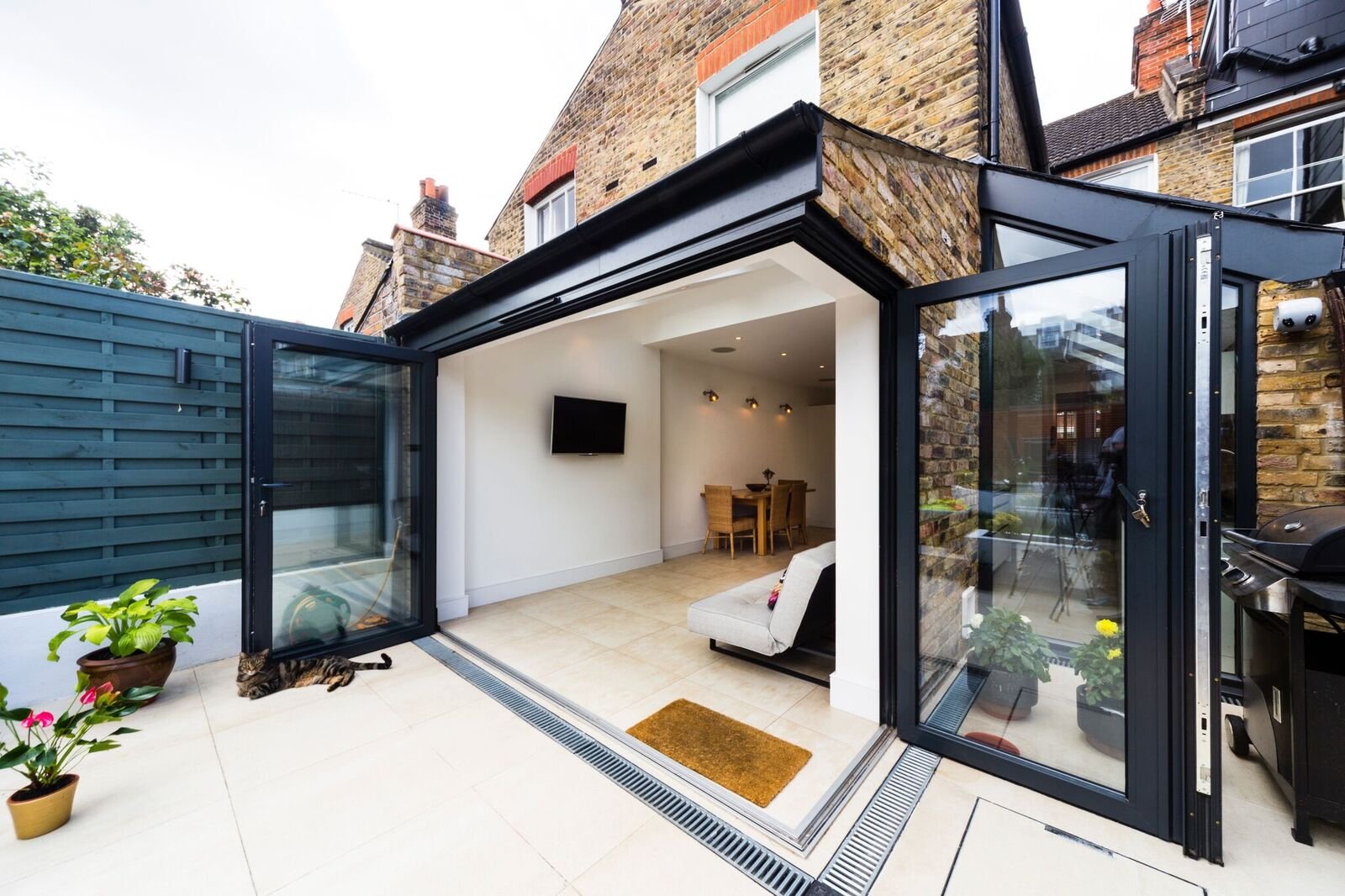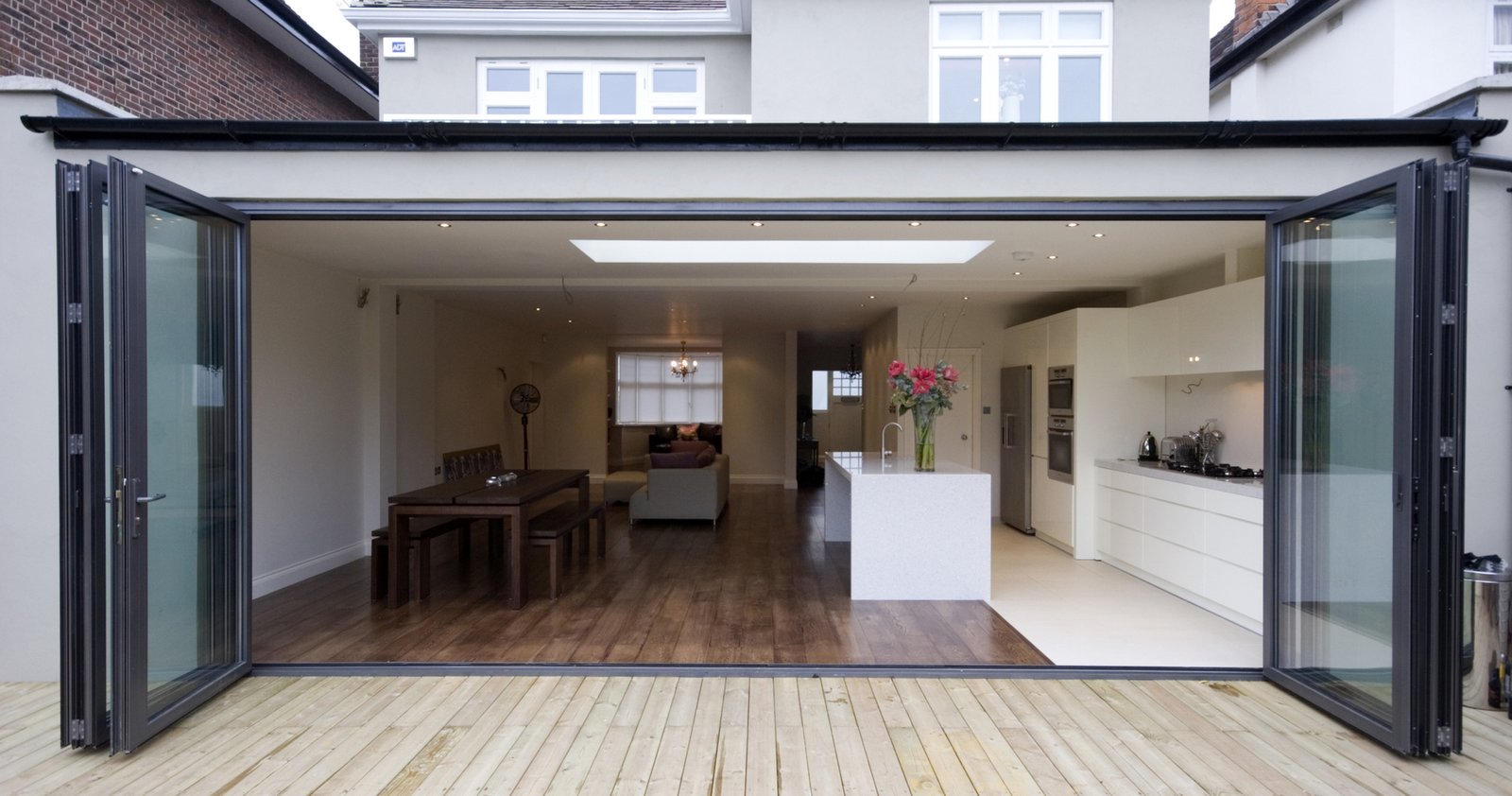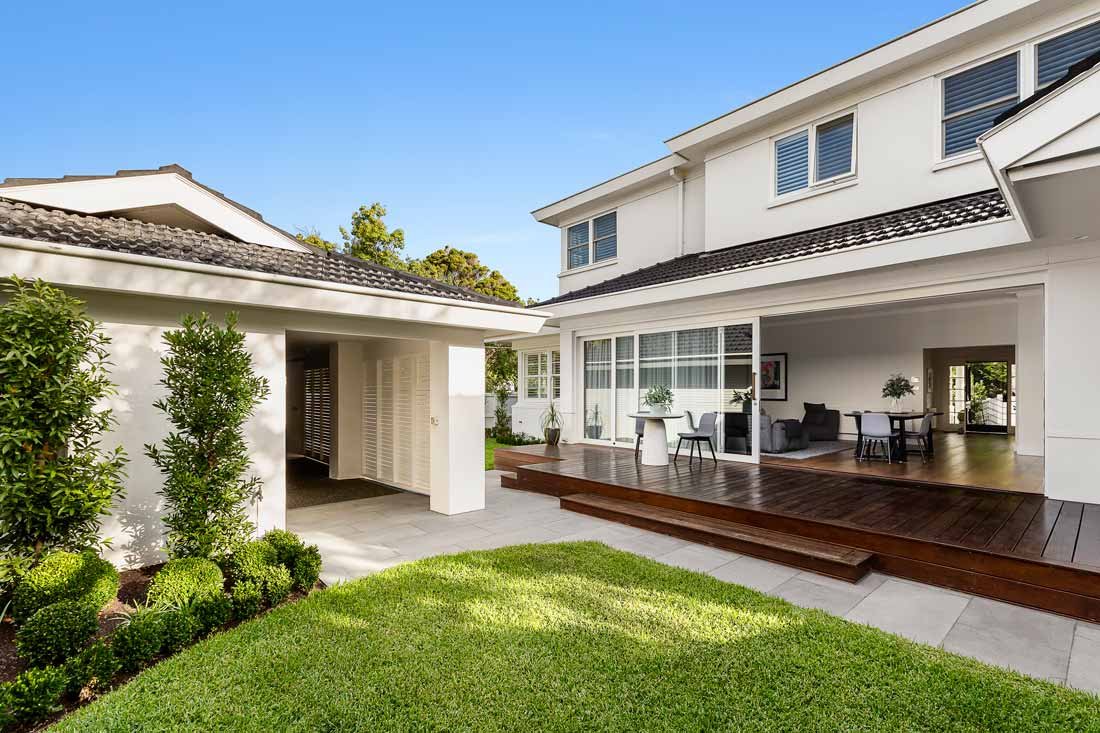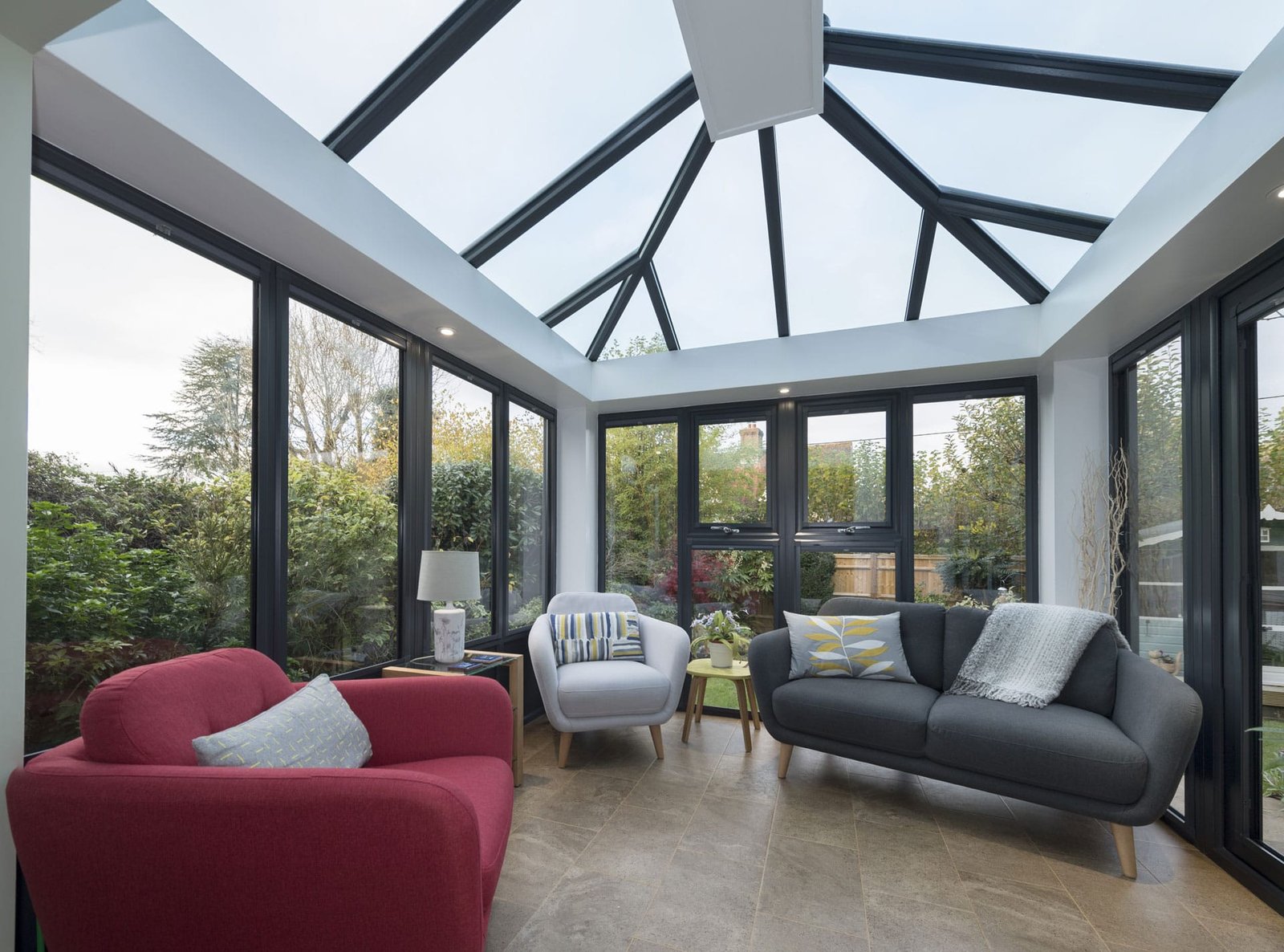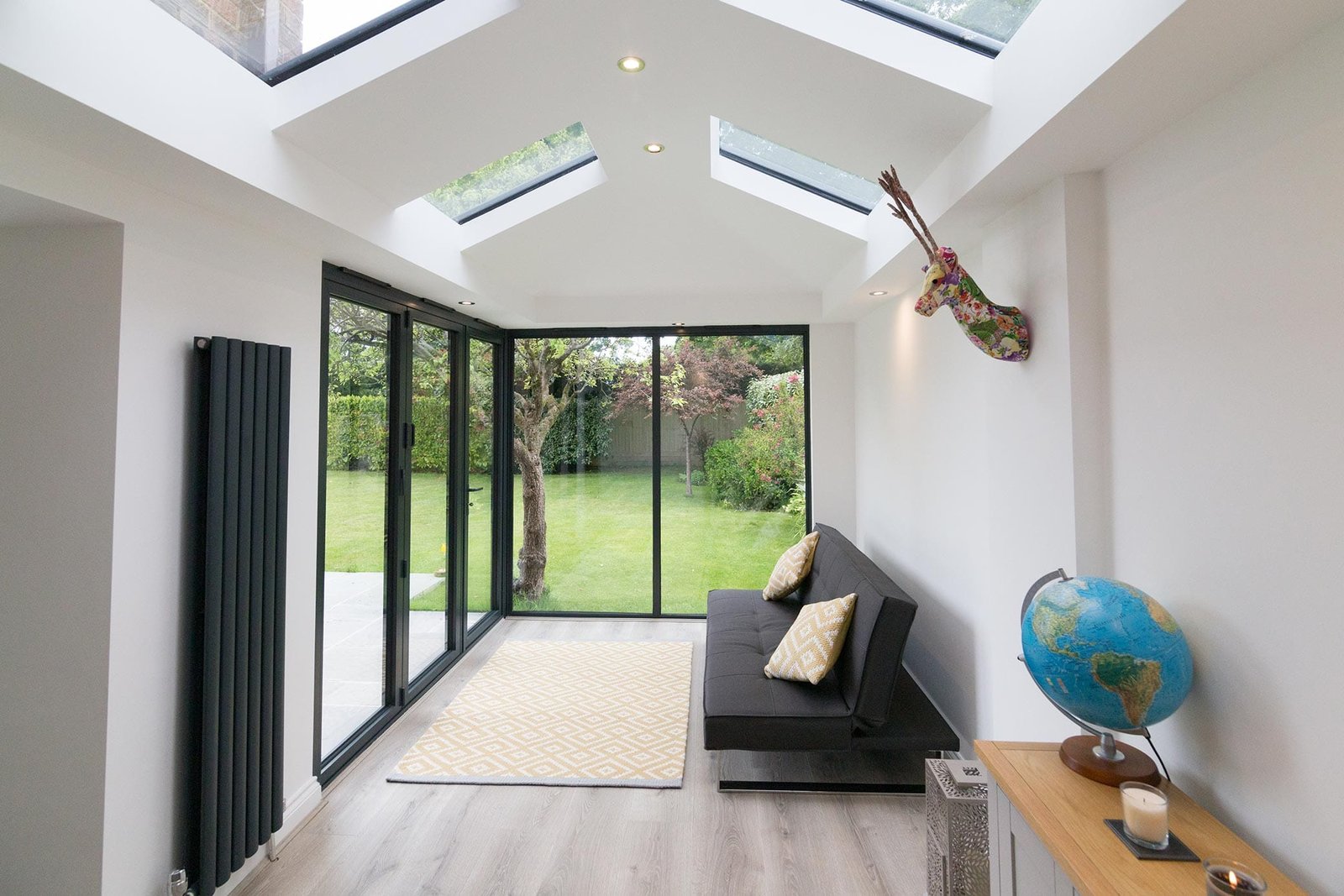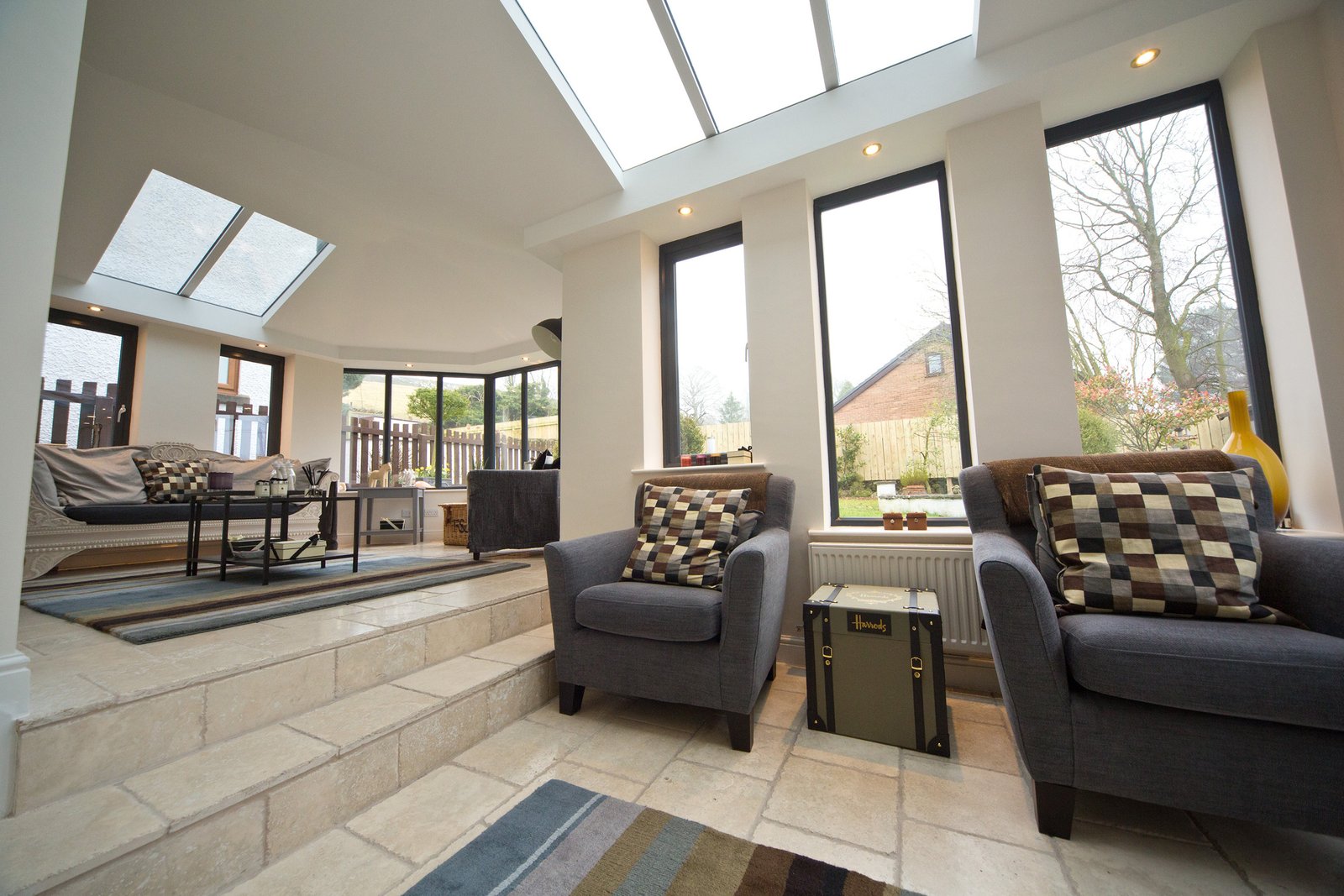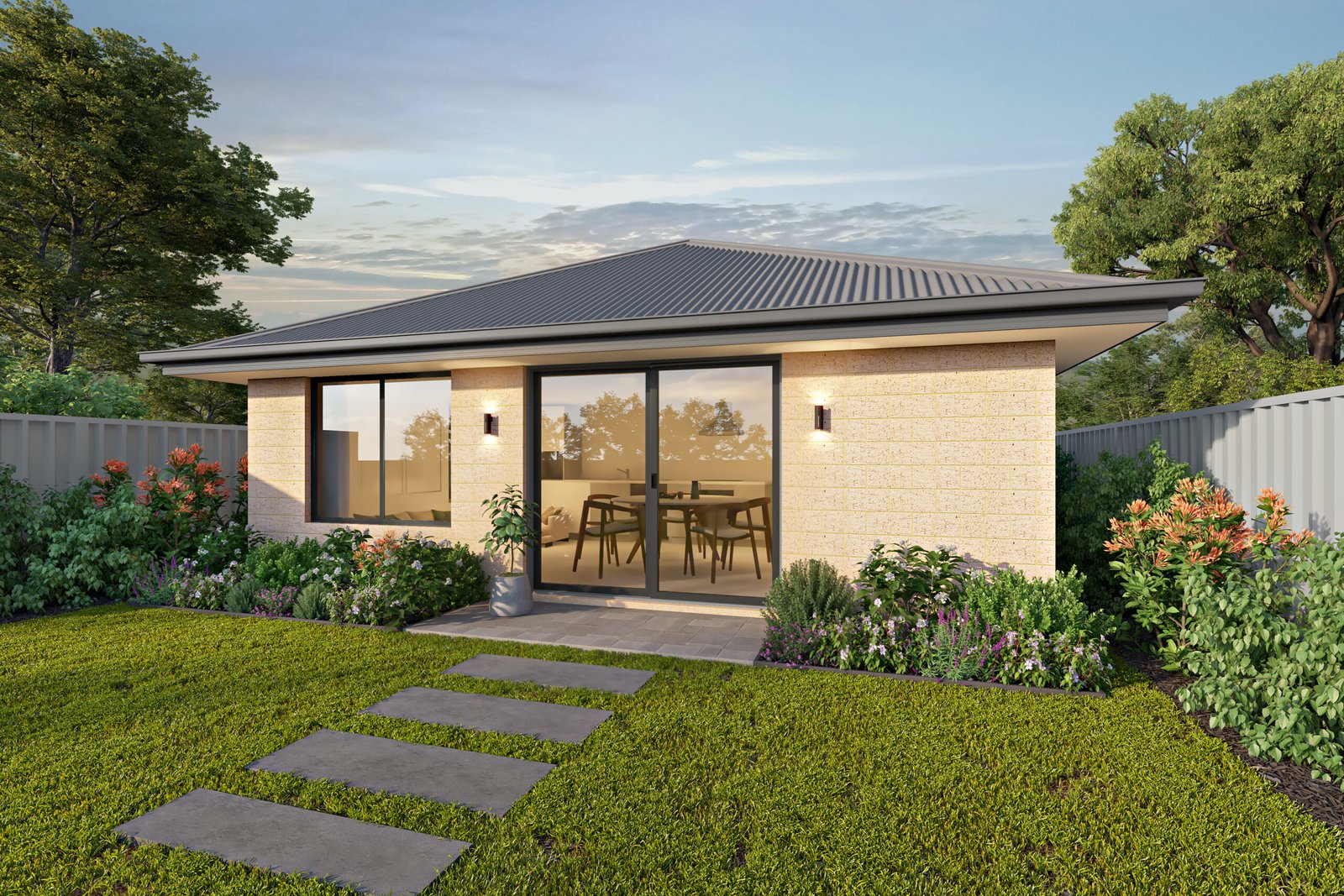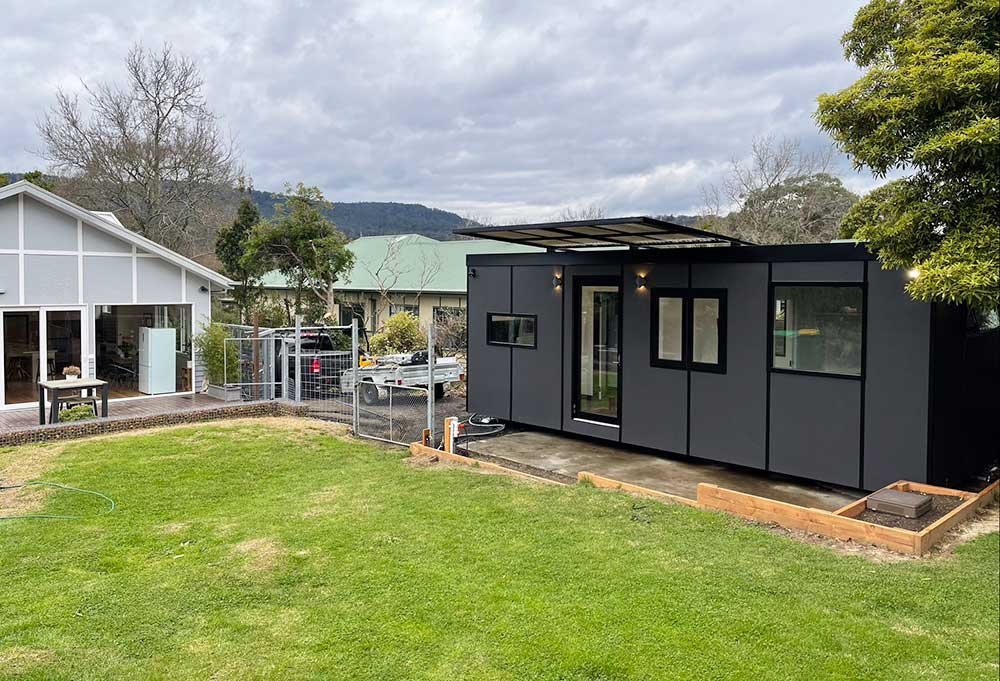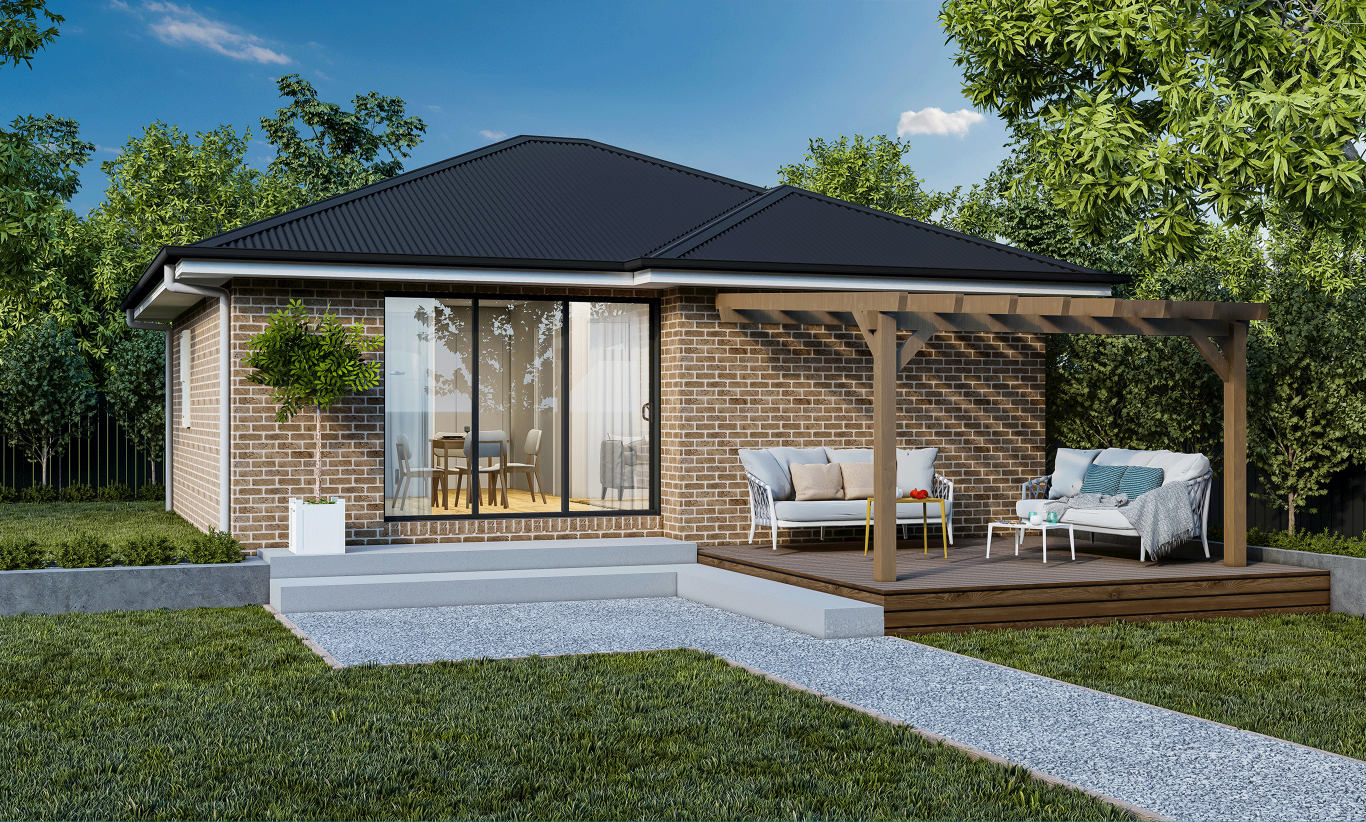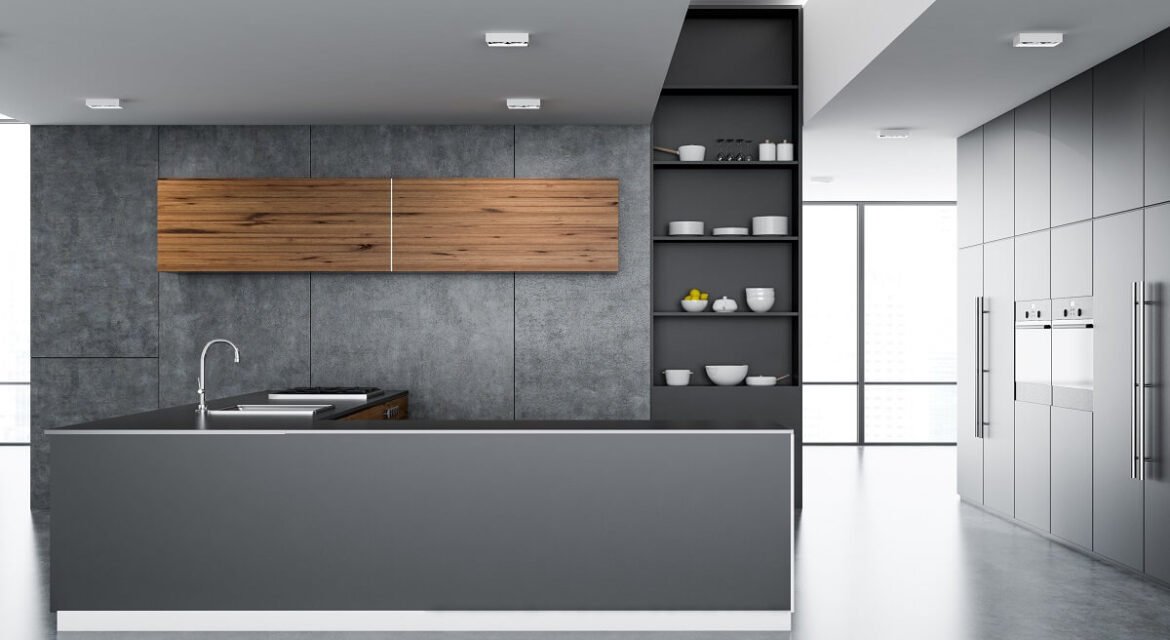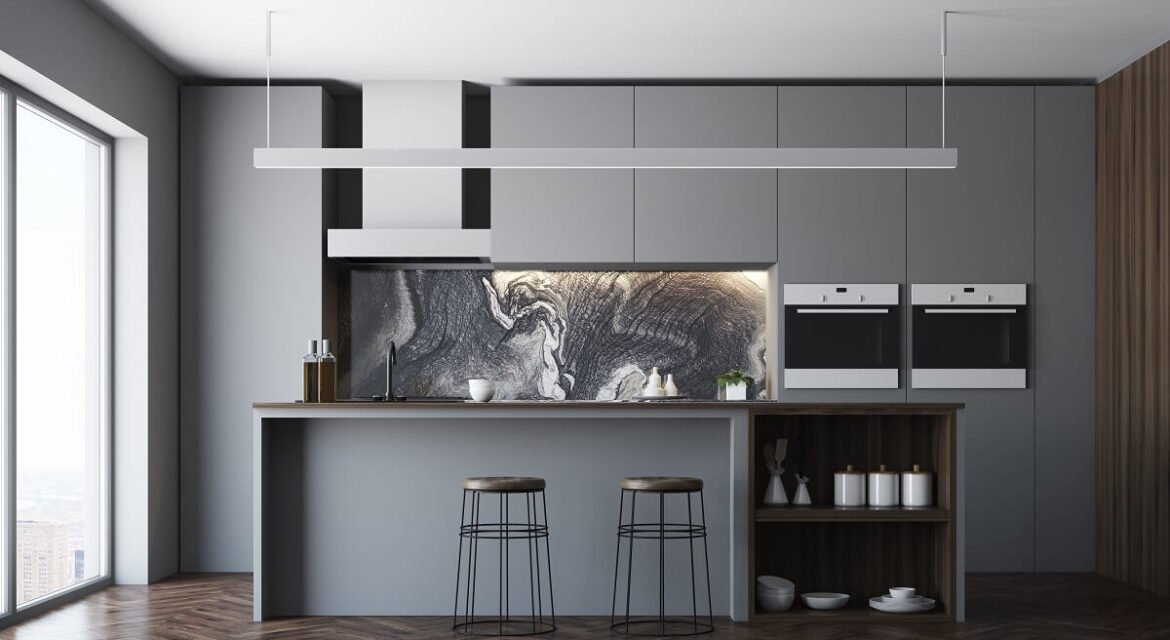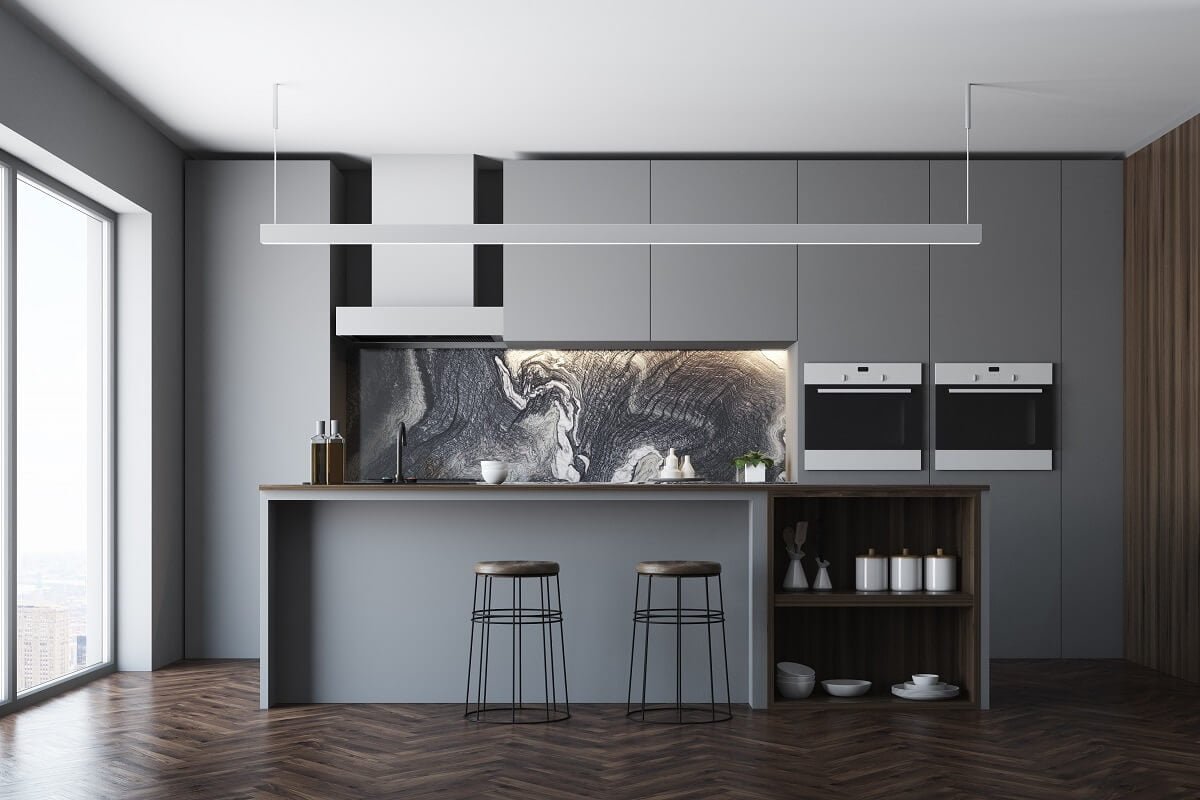Introduction
Your home is more than just a building — it’s your sanctuary, your lifestyle, and your biggest investment. Over time, the needs of your family change, design trends evolve, and houses naturally show signs of age. That’s where home renovation comes in — a strategic way to breathe new life into your existing space, increase property value, and create a home that reflects your personality and modern lifestyle.
In Australia, where housing markets are dynamic and lifestyles increasingly flexible, renovating has become a popular alternative to moving or rebuilding. Whether you’re updating a single room or undertaking a full home makeover, this guide explores everything you need to know about house renovation, from planning and budgeting to design inspiration and choosing the right professionals.
1. What is House Renovation?
House renovation is the process of improving or modernising an existing home. It can involve anything from small cosmetic updates like painting or replacing fixtures to major structural changes, including reconfiguring layouts or adding new rooms.
Types of Renovations:
-
Cosmetic Renovation: Painting, flooring, lighting, fixtures, and finishes.
-
Structural Renovation: Wall removal, layout changes, room additions.
-
Kitchen & Bathroom Renovation: High-impact spaces with modern upgrades.
-
Outdoor Renovation: Landscaping, decks, patios, and façades.
-
Whole-Home Renovation: A complete transformation from the inside out.
2. Why Renovate Your Home?
Renovating offers numerous benefits, whether you’re updating a dated home, preparing to sell, or simply making it your dream space.
a. Add Value to Your Property
A well-executed renovation can significantly increase your home’s market value, especially when upgrading kitchens, bathrooms, and curb appeal.
b. Improve Comfort and Functionality
Renovations allow you to tailor your home to your current lifestyle needs—open-plan living, better flow, or creating multi-functional spaces.
c. Enhance Energy Efficiency
New insulation, windows, appliances, and lighting can reduce your environmental footprint and slash energy bills.
d. Avoid the Costs of Moving
Instead of uprooting your life, renovation allows you to stay in your preferred location and avoid stamp duty, agent fees, and moving hassles.
3. Is Renovating Right for You?
Before jumping into a renovation, it’s important to evaluate your goals, budget, and the condition of your property.
Consider:
-
Does the layout still suit your family?
-
Are there issues with plumbing, wiring, or structure?
-
Is the home worth investing in long-term?
-
Will renovations yield a good return on investment (ROI)?
A building inspector or renovation expert can help you assess the viability and potential costs involved.
Beautiful Custom Kitchen Design Drawing and Brushed In Photo Combination.
4. Planning Your Home Renovation
Step 1: Define Your Goals
Ask yourself:
-
What do I want to achieve?
-
Which areas need improvement?
-
Is this renovation for personal enjoyment, resale, or both?
Step 2: Set a Budget
Your budget should be realistic and include a contingency (10–15%) for unexpected costs.
Step 3: Prioritise
List must-haves vs. nice-to-haves. This helps guide decisions when compromises are necessary.
Step 4: Understand Local Regulations
Depending on your scope of work and location, you may need council approval or a building permit.
5. Renovation vs. Knockdown-Rebuild
Sometimes, people debate whether to renovate or start fresh.
| Renovation | Knockdown-Rebuild |
|---|---|
| Retain character and charm | Modern layout and materials |
| Lower cost upfront (in many cases) | Higher upfront cost |
| Quicker to complete | Longer timeframes |
| Limited by existing structure | Full design freedom |
6. Renovation Costs in Australia (2025 Estimates)
Costs can vary greatly depending on the size, quality, and complexity of the project.
Average Costs:
| Type of Renovation | Cost Estimate (AUD) |
|---|---|
| Kitchen Renovation | $15,000 – $40,000 |
| Bathroom Renovation | $12,000 – $35,000 |
| Living Room Update | $10,000 – $25,000 |
| Full Home Renovation | $100,000 – $500,000+ |
Cost Factors:
-
Size and scope of work
-
Quality of materials and finishes
-
Labour and contractor rates in your area
-
Access and demolition needs
-
Council or approval fees
7. Renovating Key Areas of Your Home
a. Kitchen Renovation
The kitchen is the heart of the home — a modern, functional kitchen can transform your entire living experience.
Popular Upgrades:
-
Open-plan layouts
-
Stone or quartz benchtops
-
Soft-close cabinetry
-
Integrated appliances
-
Pendant lighting
b. Bathroom Renovation
A fresh, spa-like bathroom adds luxury and value.
Key Features:
-
Frameless showers
-
Freestanding tubs
-
Dual vanities
-
Heated flooring
-
Water-saving fixtures
c. Living and Dining Areas
Maximise natural light, improve traffic flow, and incorporate smart storage.
Trends:
-
Large windows or bifold doors
-
Feature walls with timber or stone
-
Media integration
-
Floating shelving
d. Bedrooms
Make bedrooms more restful and stylish.
Ideas:
-
Built-in wardrobes
-
Ensuite additions
-
Textured wall panels
-
Mood lighting
e. Outdoor Living Spaces
Extend your lifestyle outside.
Additions:
-
Decking
-
Alfresco kitchens
-
Outdoor fireplaces
-
Landscaped gardens
8. Working with Builders, Designers, and Architects
Why Hire Professionals?
-
Access to expert advice
-
Help navigating regulations
-
Project management
-
Better craftsmanship and warranties
How to Choose:
-
Check licenses and insurance
-
Ask for recent portfolio or referrals
-
Get 2–3 quotes
-
Read contracts carefully
Some homeowners opt for a design and build firm, which handles everything from concept to completion under one contract — a convenient and streamlined solution.
9. Renovation Approvals and Permits
Depending on your location and scope, you may need:
-
Development Approval (DA): For major structural changes or heritage zones.
-
Complying Development Certificate (CDC): A faster pathway for minor works.
-
Building Permit: Required before any structural work begins.
-
Occupation Certificate: Needed at project completion to verify safety and compliance.
Work with professionals familiar with your local council requirements to avoid delays and fines.
10. Sustainable Renovation Tips
Australians are becoming more eco-conscious. A green renovation doesn’t just help the planet — it can save you thousands in utility bills.
Sustainable Upgrades:
-
Solar panels
-
LED lighting
-
Double-glazed windows
-
Rainwater harvesting systems
-
Insulated roofing and walls
-
Reclaimed or recycled materials
11. Common Renovation Mistakes to Avoid
-
Underestimating Costs
Always include a buffer in your budget for surprises. -
Lack of Planning
Rushing into construction without clear plans can lead to delays and extra costs. -
Ignoring Permits
Doing unapproved work can result in fines and difficulties when selling. -
Overcapitalising
Don’t spend more than your home’s resale value can support. -
Poor Contractor Choice
Choose professionals based on skill and reliability, not just price.
12. Timeline for a Typical Renovation
| Phase | Time Estimate |
|---|---|
| Design & Planning | 2–6 weeks |
| Council Approvals | 4–10 weeks |
| Demolition | 1–2 weeks |
| Construction | 8–24+ weeks |
| Finishing Touches | 2–4 weeks |
Timelines vary depending on scope and complexity. Weather, supply chain delays, or unforeseen structural issues can impact schedules.
13. Interior Design and Styling
Renovation is not just about structure—it’s also about style.
Current Interior Trends:
-
Natural materials: Timber, stone, linen
-
Earthy and neutral tones
-
Japandi and minimalist influences
-
Curved architecture and furniture
-
Smart home technology integration
Consider hiring an interior designer to help tie everything together, especially if you’re renovating multiple rooms.
14. Renovating for Resale
If your renovation is intended to improve resale value, focus on upgrades that appeal to the broader market:
-
Modern kitchens and bathrooms
-
Neutral colour schemes
-
Low-maintenance landscaping
-
Energy-efficient upgrades
-
Open-plan layouts
Always research property values in your area to avoid overcapitalisation.
15. Financing Your Renovation
Renovations can be funded through:
-
Cash savings
-
Home equity loan or line of credit
-
Construction loan
-
Refinancing your mortgage
Speak with a financial advisor or mortgage broker to find the best option for your situation.
16. Real Home Renovation Case Studies (Optional)
This section can include 2–3 real-life projects from your business or sourced examples:
Example: “The Smith family in Melbourne transformed their 1970s brick home with a $180k full renovation including kitchen, bathroom, and new outdoor deck — adding an estimated $300k in property value.”
(If you’d like real case studies included, let me know and I’ll create some sample ones for you.)
Conclusion
A well-executed house renovation can elevate your lifestyle, increase your home’s value, and save you from the hassle and cost of moving. Whether you’re modernising a single room or undertaking a full-home transformation, careful planning, budgeting, and collaboration with skilled professionals are the keys to success.
In Australia’s ever-changing property market, renovating remains one of the smartest ways to make your home truly yours — functional, beautiful, and built for the future.
Need help with your renovation project?
Contact our experienced team at Lsoul Kitchen Company for a free consultation, custom quote, or expert advice on where to begin.
Hotline: 04 6660 8608
Email: lsoulkitchen1100@gmail.com
Add: 11 Bentley St, Weatherill Park, Sydney, NSW, 2166


